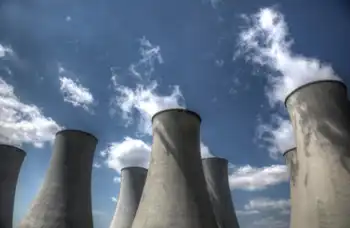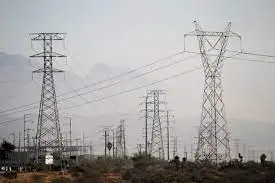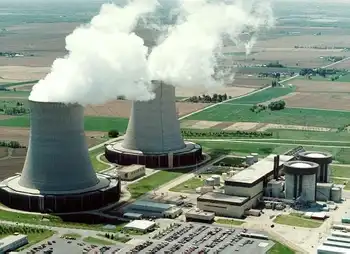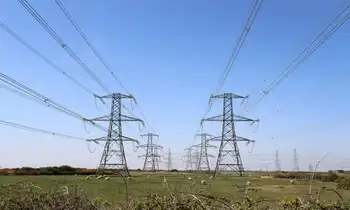Plans for new Texas nuclear power plants advance
Mitsubishi Heavy Industries Ltd. applied to the Nuclear Regulatory Commission for a so-called standard design certification for its US-APWR nuclear plant. That's the type of plant that Energy Future, formerly TXU Corp., is considering using to expand it Comanche Peak facility in Glen Rose.
Mitsubishi said in a news release that it will also help Energy Future prepare its application for the new plant. Last year, TXU told the NRC it would file the application in mid-2008. Since then, the power company has been purchased by private equity companies and changed its name.
Energy Future spokesman Tom Kleckner said the company isn't ready to give a more exact date for submitting the application.
He added that Energy Future hopes to have two new 1,700-megawatt reactors online around 2020. The NRC has encouraged manufacturers to apply for standard design certification to speed the process of building reactors.
That way, when a power company chooses a standard design, the NRC can skip reviewing the design itself and concentrate on the location of the plant and the operations.
In the past, the U.S. nuclear industry had no standard designs, and the NRC's process of certifying a plant took years.
Related News
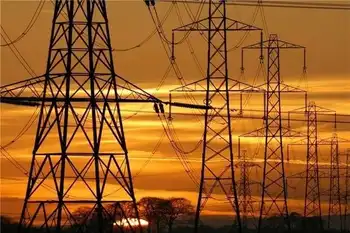
Iran supplying 40% of Iraq’s need for electricity
TEHRAN - “Iran exports 1,200 megawatts to 1,500 megawatts of electricity to Iraq per day that is dealing with severe power shortages and frequent blackouts,” Hamid Hosseini said.
As he added, Iran also exports 37 million to 38 million cubic meters of gas to the country.
On September 11, Iraq’s electricity minister, Luay al Khateeb, said the country needs Iranian gas to generate electricity for the next three or four years.
Iraq was exempted from sanctions concerning Iranian gas imports; however, the U.S. has been pressing all countries to stop trading with Tehran.
Iraq's population has been protesting to authorities over power cuts. Iran exports…


